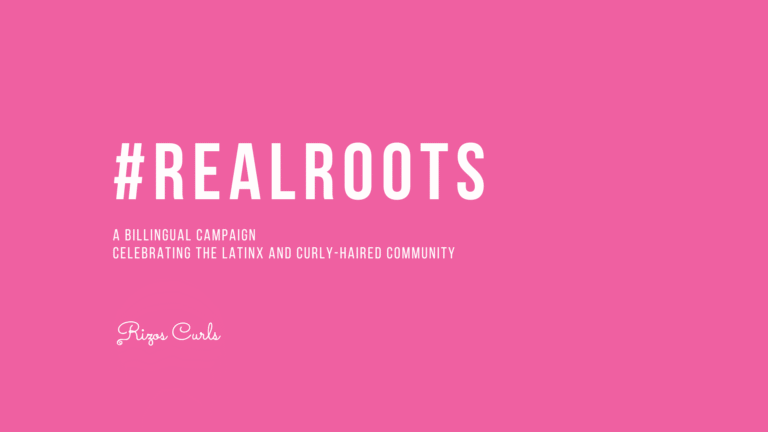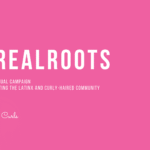We live in an era of overwhelming information. In 2020, Domo estimated that 1.7MB of data was created every second for every person on Earth. With data constantly being generated, collected, and shared, it’s no surprise that meaningful insights often get buried in the noise. That’s where data visualization comes in — turning data into clear, accessible visuals that inform, persuade, and inspire.
Whether through graphics, charts, or interactive dashboards, data visualizations are essential for making complex topics understandable. In a world where attention spans are rapidly decreasing and visuals are expected, designers play a critical part in combining information and engagement.
The Psychology Behind Visuals
Humans are visual creatures, naturally drawn to images over text. In his book Brain Rules, John Medina reveals that people retain 65% of information three days later when paired with a relevant image, compared to only 10% retention with text alone. Visuals reduce cognitive overload, making it easier to understand and engage with.
Data visualization transforms numbers into comprehensible information through pie charts, infographics, and more. These visual elements help audiences spot information in a crowded environment, compare information, and digest information at a glance. It’s not just about making data “look good.” It’s about designing with a purpose — to clarify and share with others.
“By visualizing information, we turn it into a landscape that you can explore with your eyes. A sort of information map. And when you’re lost in information, an information map is kind of useful.”
Designing with Responsibility
With such influence, it’s important to be careful. As designer and data journalist Alberto Cairo said, “Data doesn’t speak for itself. We speak for data.” That means how we design visualizations directly impacts how information is interpreted.
Designers have a creative and factual responsibility when creating data visualizations. From changing the graph’s axis to choosing a color, all choices can shift someone’s perception of the data. It’s why designers should strive to represent information truthfully, not just aesthetically.
Nicholas Felton tracked his own life for years and turned the data into beautifully structured infographics. The Feltron Reports demonstrated what good design is — even with objectively ‘insignificant’ things like music played, hours slept, and time spent traveling.
Projects like Dear Data by Giorgia Lupi and Stefanie Posavec offer a different case in data visualization. Their hand-drawn postcards visualize their daily live data, taking a human-centered design method. They prove that data can be analytical and emotional when approached with empathy and creativity.
“There is no such thing as information overload. There is only bad design.” — Edward Tufte
Design With Impact
Data visualization is more than just making charts. It’s about storytelling, human connection, and ethics. As designers, we play a powerful role in shaping how people see and understand the world’s information.
From spreadsheets to dashboards or postcards, we translate numbers into something meaningful. So the next time you work with data, ask yourself what its story is — and keep in mind: good visuals = better understanding.
When data is designed well, not only does it inform, but it empowers.








